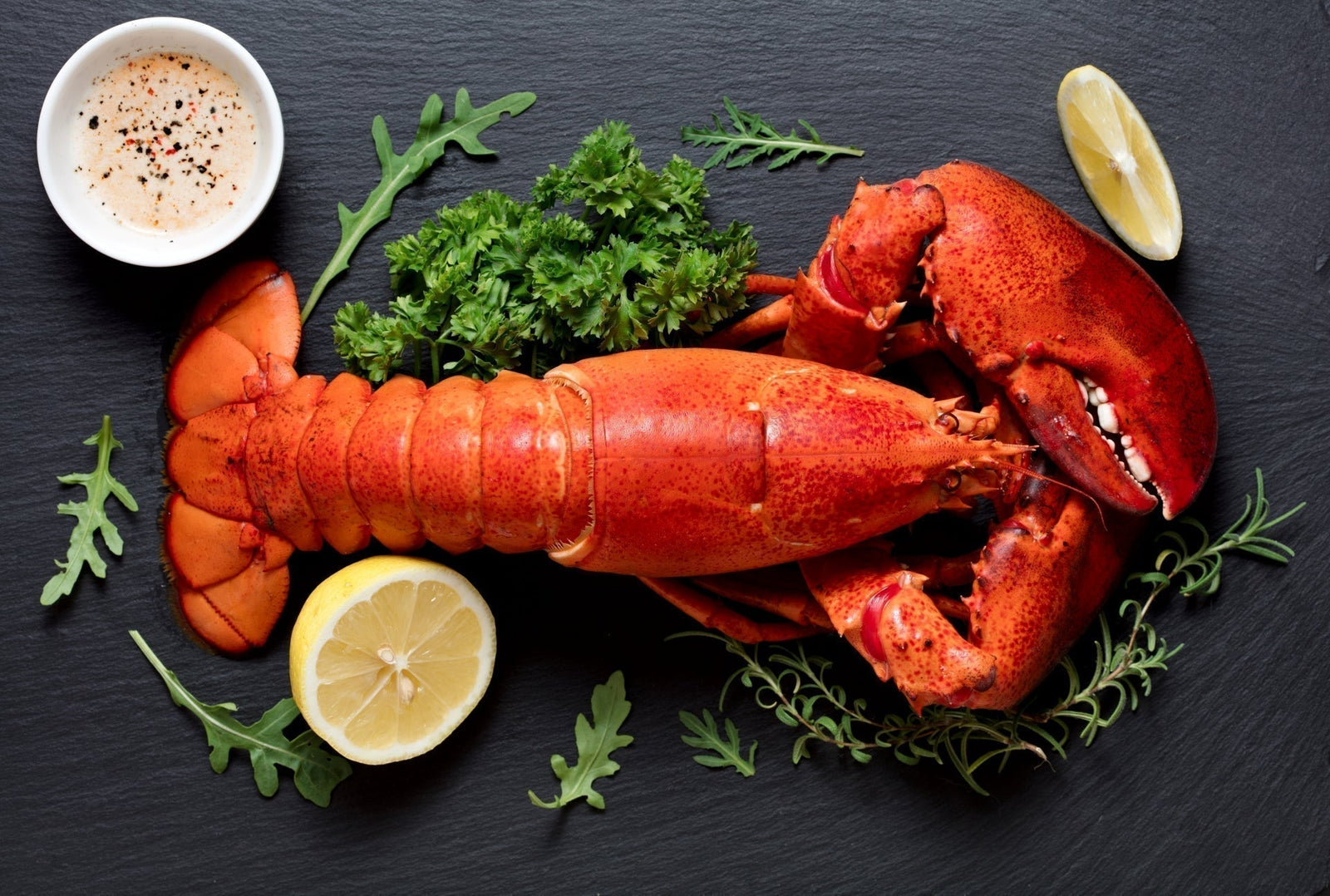Master the art of cooking lobster at home with these simple tips to avoid overcooking, uneven heat, and missed flavor opportunities. Enjoy tender, flavorful lobster that’s restaurant-worthy every time!
Cooking lobster at home might sound like a job best left to the pros, but here's a secret: it’s a lot easier (and a lot more fun) than you think. When done right, lobster is one of the most luxurious and surprisingly simple seafood dishes to master. All it takes is a little know-how and a pinch of confidence.
To help you get started, we’re sharing five common lobster-cooking mistakes beginners make and how you can avoid them. Trust us, your next lobster dish will be tender, flavorful, and absolutely restaurant-worthy.
1. Overcooking the Lobster
Let’s get this out of the way: more cooking doesn’t mean better cooking. One of the most common missteps is overcooking the lobster, which leads to tough, rubbery meat (no, thank you).
Here’s how to keep it sweet and succulent:
Set a timer:
About 8–10 minutes for the first pound, and 2–3 extra minutes for each additional pound.
Prefer steam over boil:
Steaming gives you more control and reduces the risk of overcooking.
Thaw first:
Always thaw frozen lobster completely to ensure even cooking and a better texture.
Treat your lobster gently, it’ll thank you with perfect texture and flavor. You can learn the step-by-step process of cooking lobster at home here.

2. Dropping Cold Lobster into Hot Water
It may seem efficient to go from fridge to pot, but tossing cold (or live) lobster straight into boiling water can cause the meat to seize up and cook unevenly. And when it comes to live lobster, it’s also more humane to ease it into the heat.
A few better ways to do it:
- Let the live lobster rest at room temperature for 15–20 minutes before cooking.
- Steam instead of boil for slower, more even cooking.
-
If boiling, add your lobster to the pot before the water hits a full rolling boil.
This gentler approach ensures your lobster is cooked evenly from claw to tail and stays juicy all the way through.
3. Skipping the Shell
Cooking lobster out of its shell might sound convenient, but you’ll miss out on a whole lot of flavor. The shell doesn’t just protect the meat; it traps in moisture and helps infuse that signature lobster richness.
Keep that shell on when you can:
- Always cook tails and claws in the shell when possible.
- Making lobster rolls or mac and cheese? Cook in-shell first, then remove the meat.
-
Even when reheating, warm it up in the shell to lock in the texture.
A little extra effort = a lot more flavor.

4. Forgetting to Season the Water
Boiling or steaming lobster in plain water? That’s a missed opportunity. The water (or steam) is your first chance to build flavor, and seasoning it right makes a noticeable difference.
Here’s how to level it up:
- Add 2–3 tablespoons of salt per gallon of water.
- Toss in aromatics like lemon slices, garlic, bay leaves, or even a splash of white wine.
- Finish your lobster with melted butter, fresh herbs, or a bright squeeze of citrus.
Pro Tip: Save those shells to make stock for soups or sauces later, you’ll be glad you did.
5. Mishandling Before Cooking
Lobster tastes best when it’s at its freshest, and how you handle it before cooking makes a big difference. Whether you're working with live lobster or thawed tails, proper storage is key.
Follow these simple steps to keep it fresh and flavorful:
-
Always store live lobster in the fridge wrapped in damp seaweed or newspaper (never in water).
- Use thawed lobster meat within 1–2 days, and always keep it cold.
- Don’t delay! Cook as soon as you can for peak taste and texture.
The fresher your lobster, the more delicious your dish.
A Final Word
Cooking lobster at home shouldn’t feel like a gamble. With just a few smart steps, you can serve up a Maine lobster meal that’s as unforgettable as it is easy to make.
So go ahead, skip the rookie mistakes, trust the process, and treat yourself to lobster that’s tender, buttery, and oh-so-worth-it. Whether you're celebrating something special or just adding a little luxury to your weeknight dinner, you’ve got this.
Pro tip? You bring the butter, we’ll bring the lobster.









